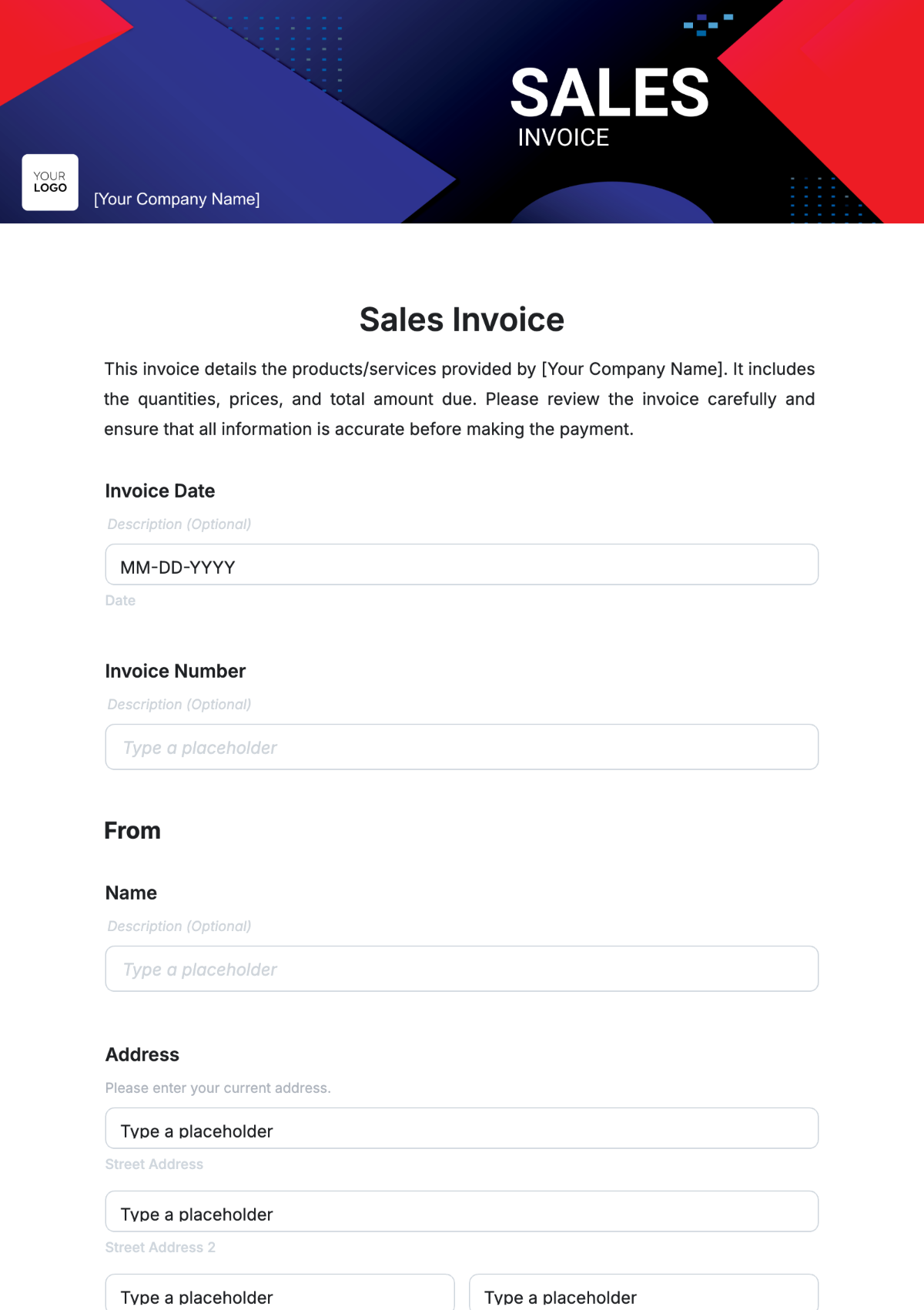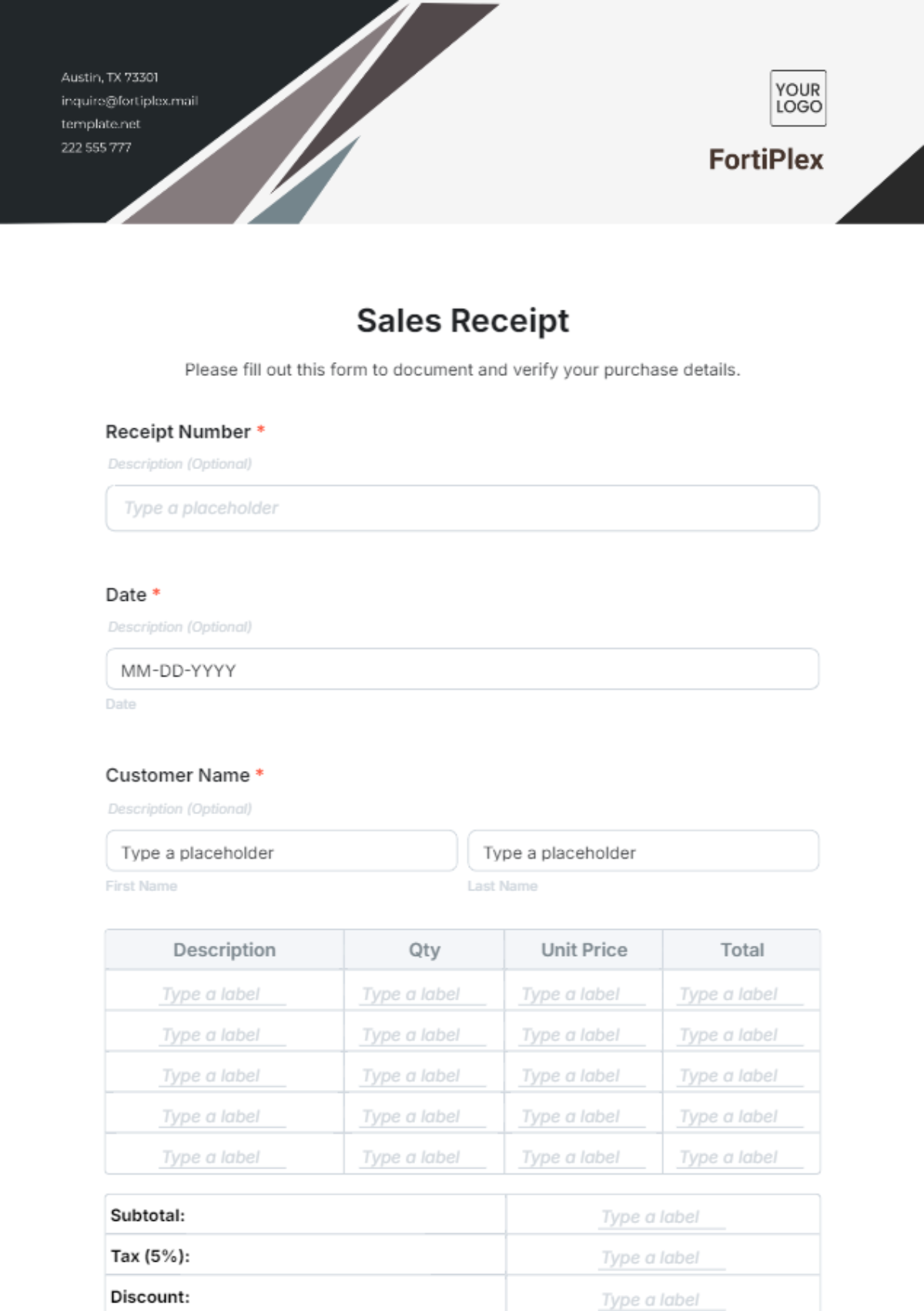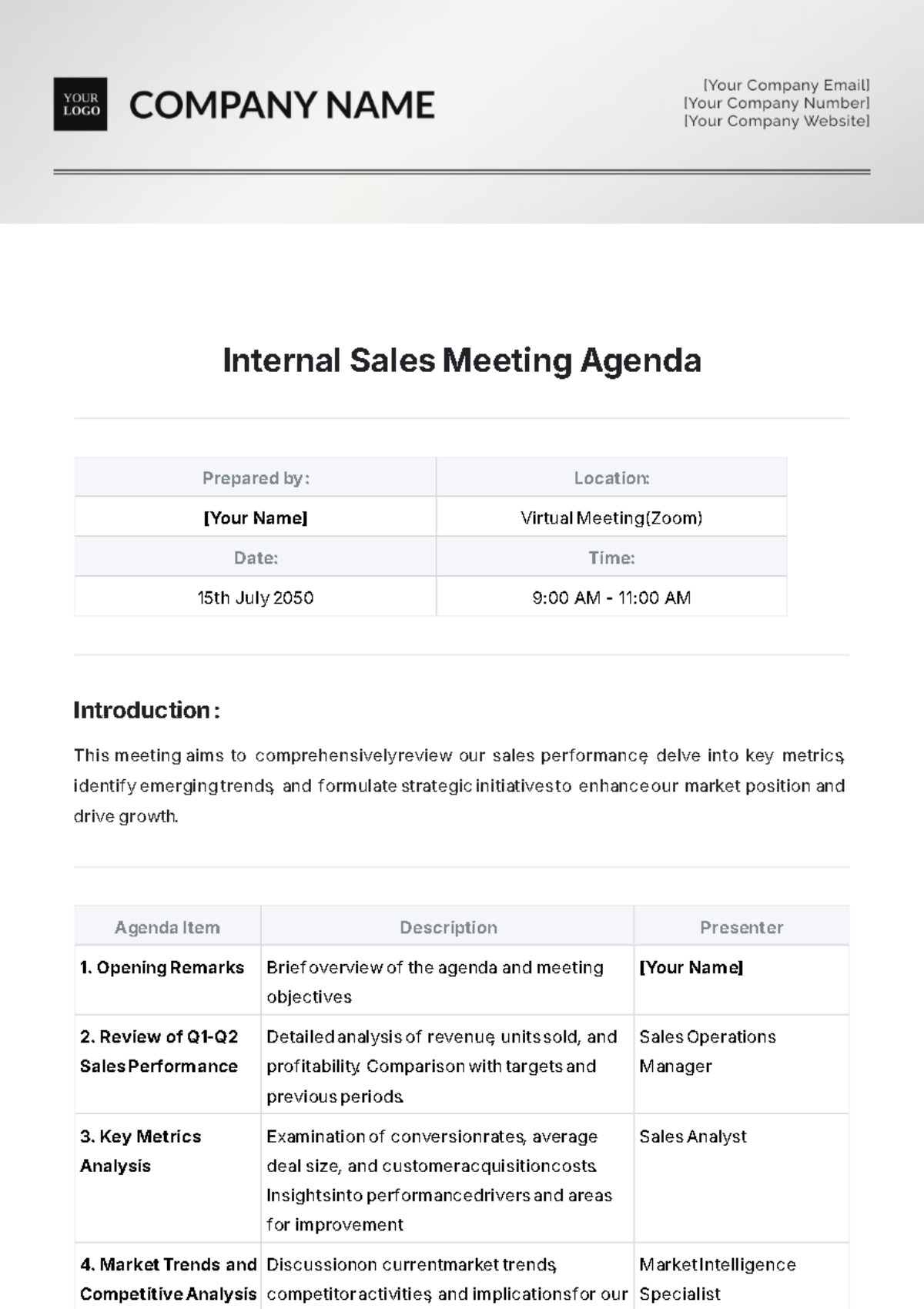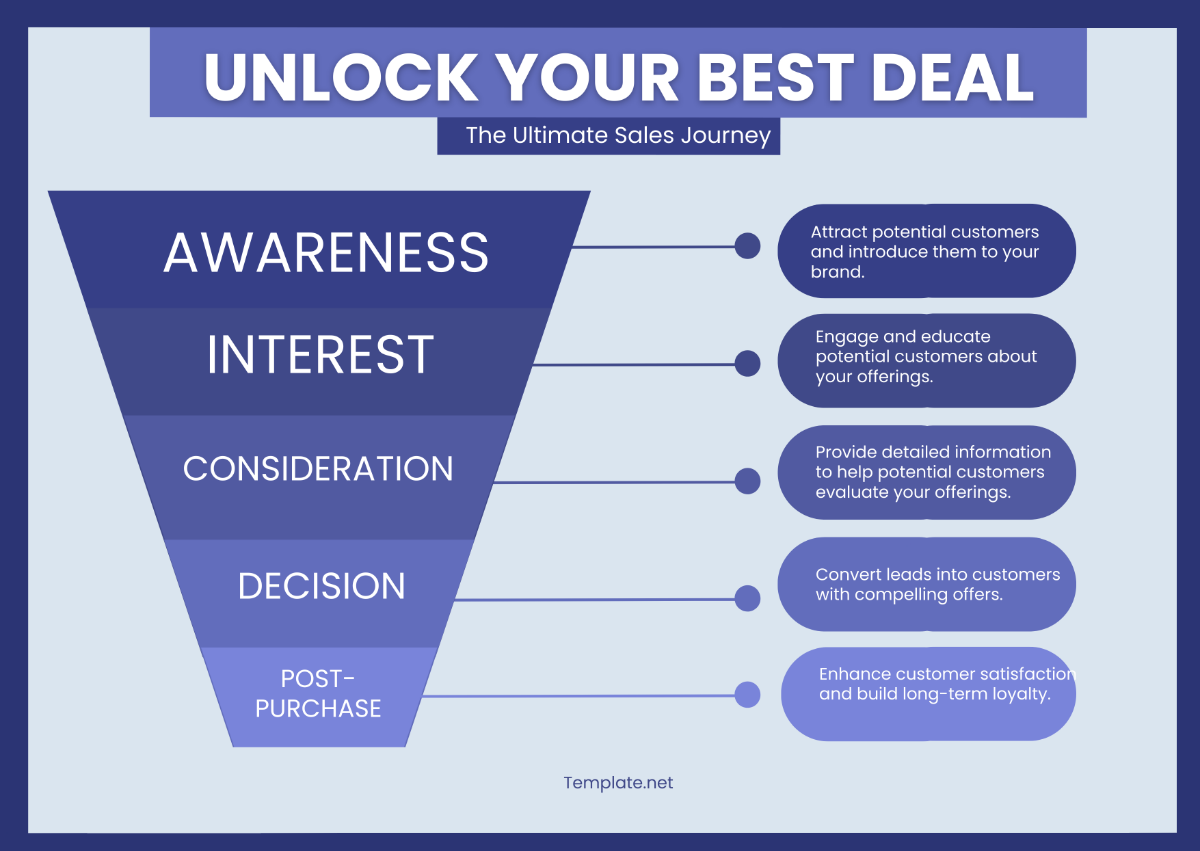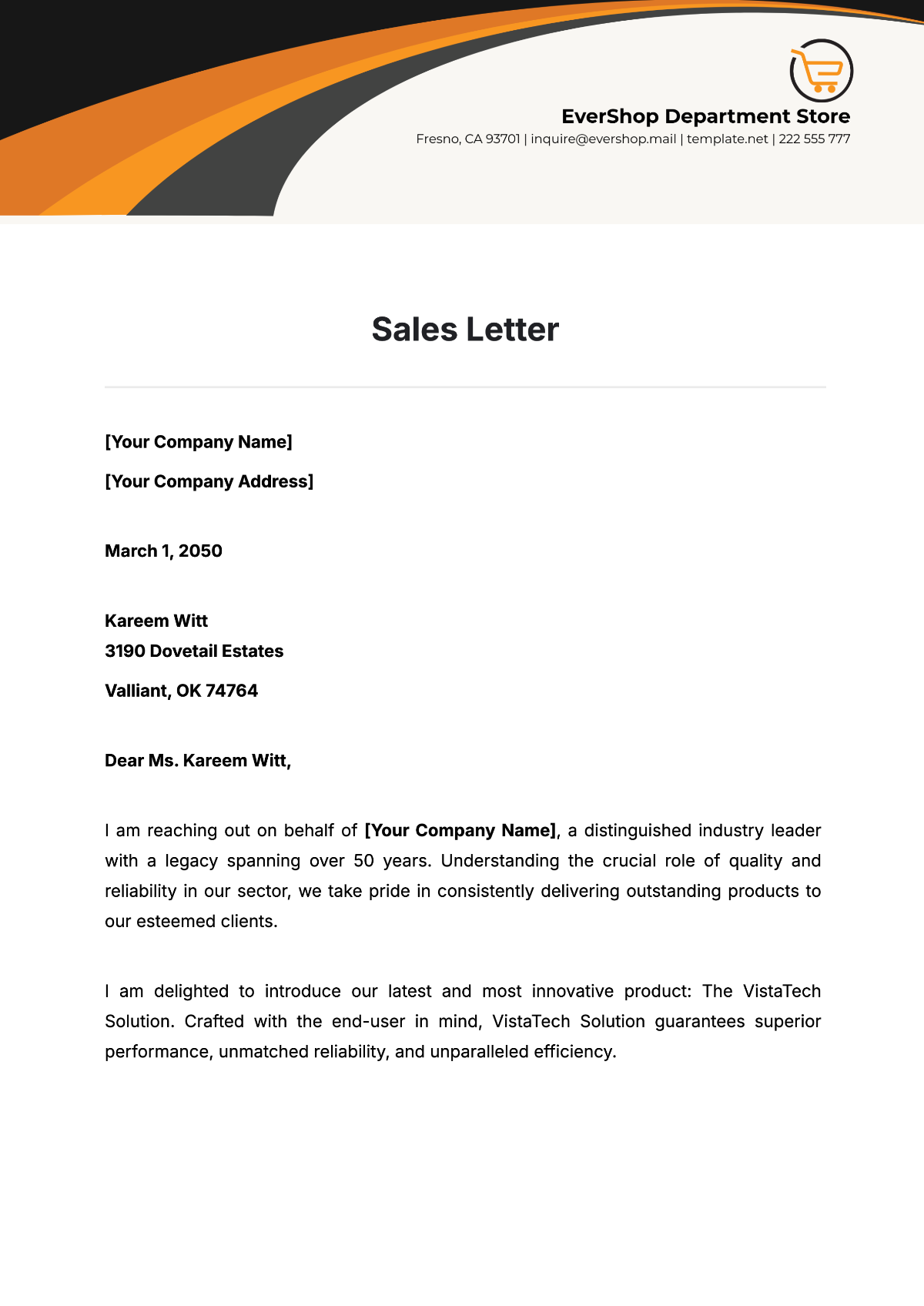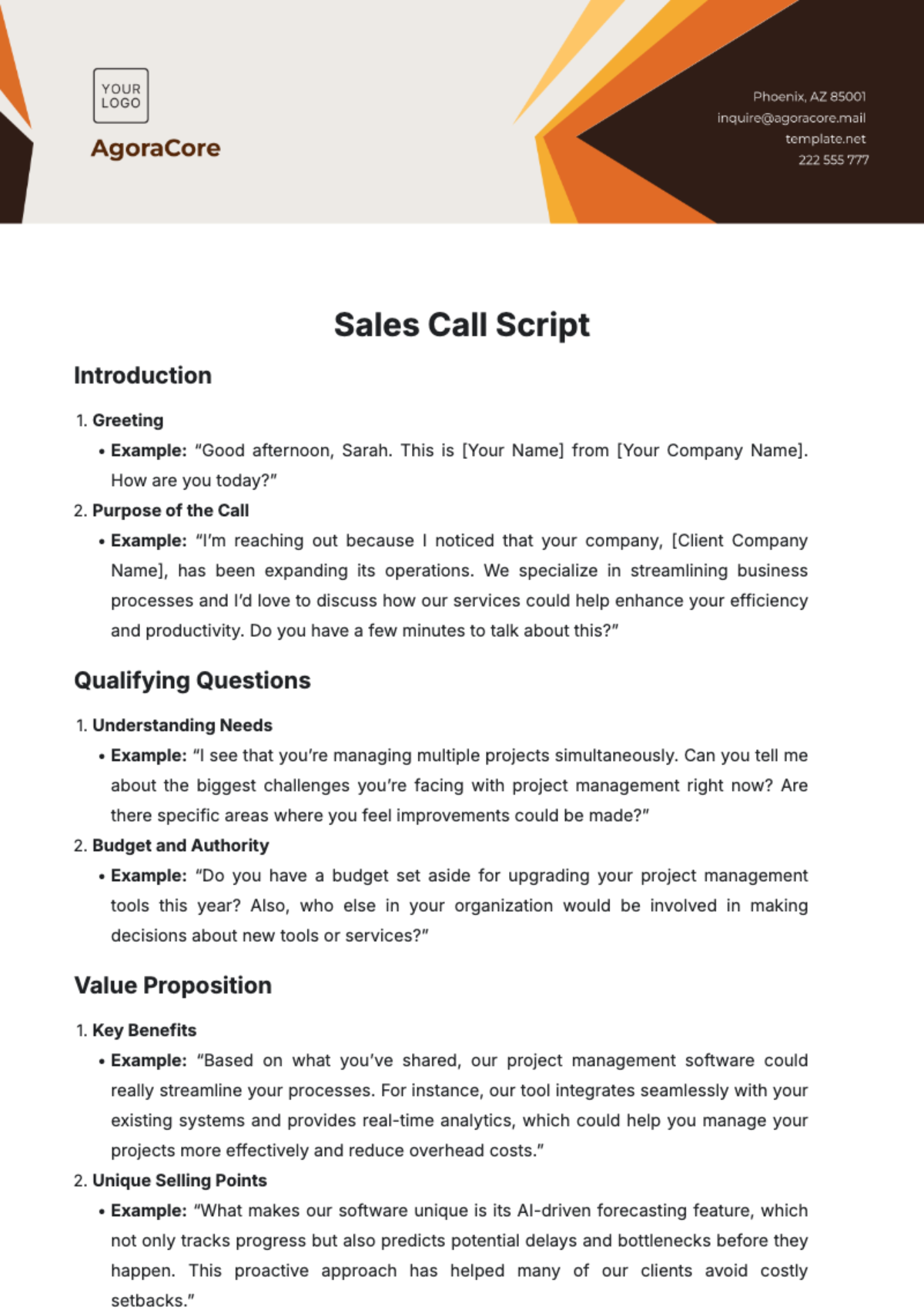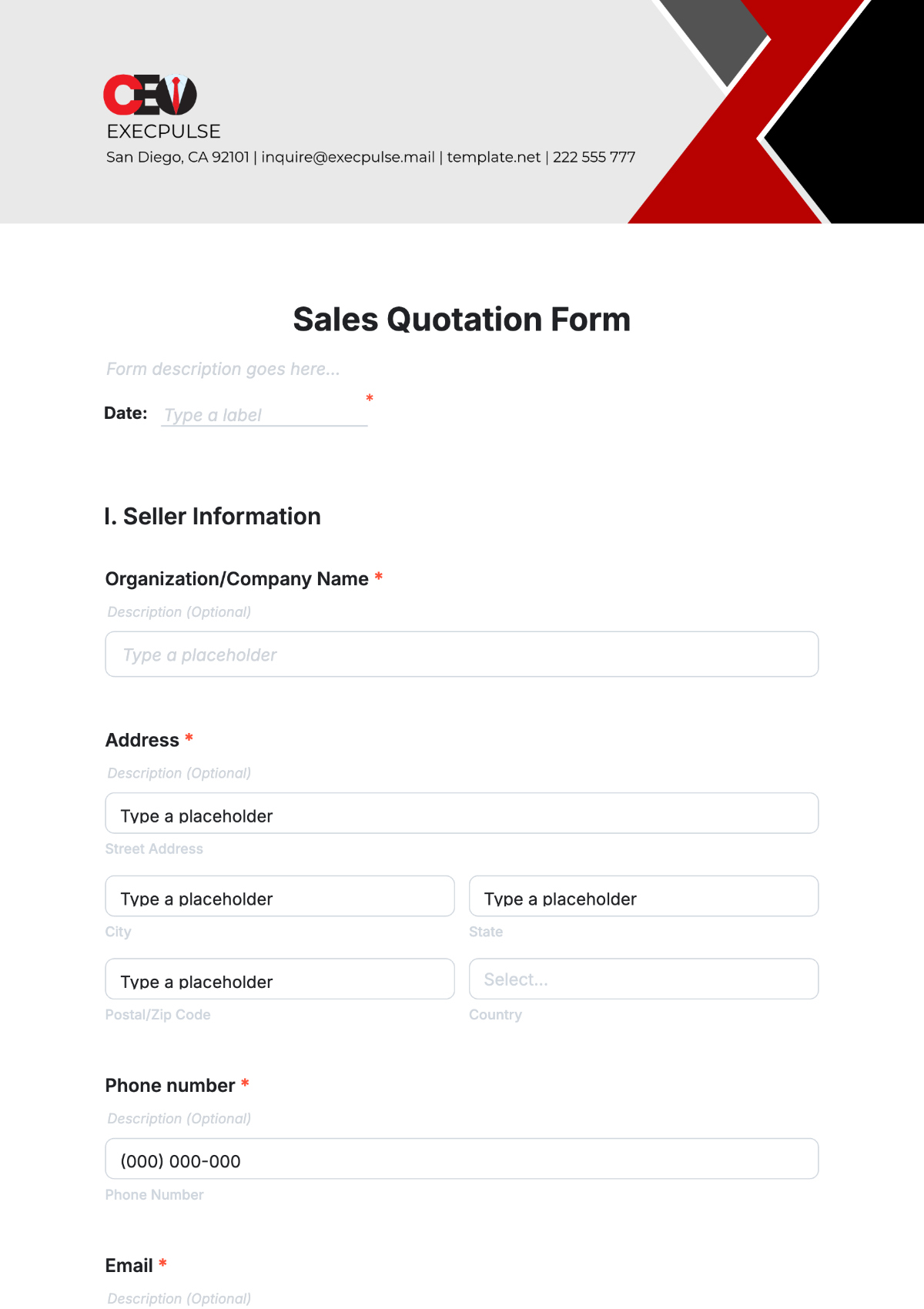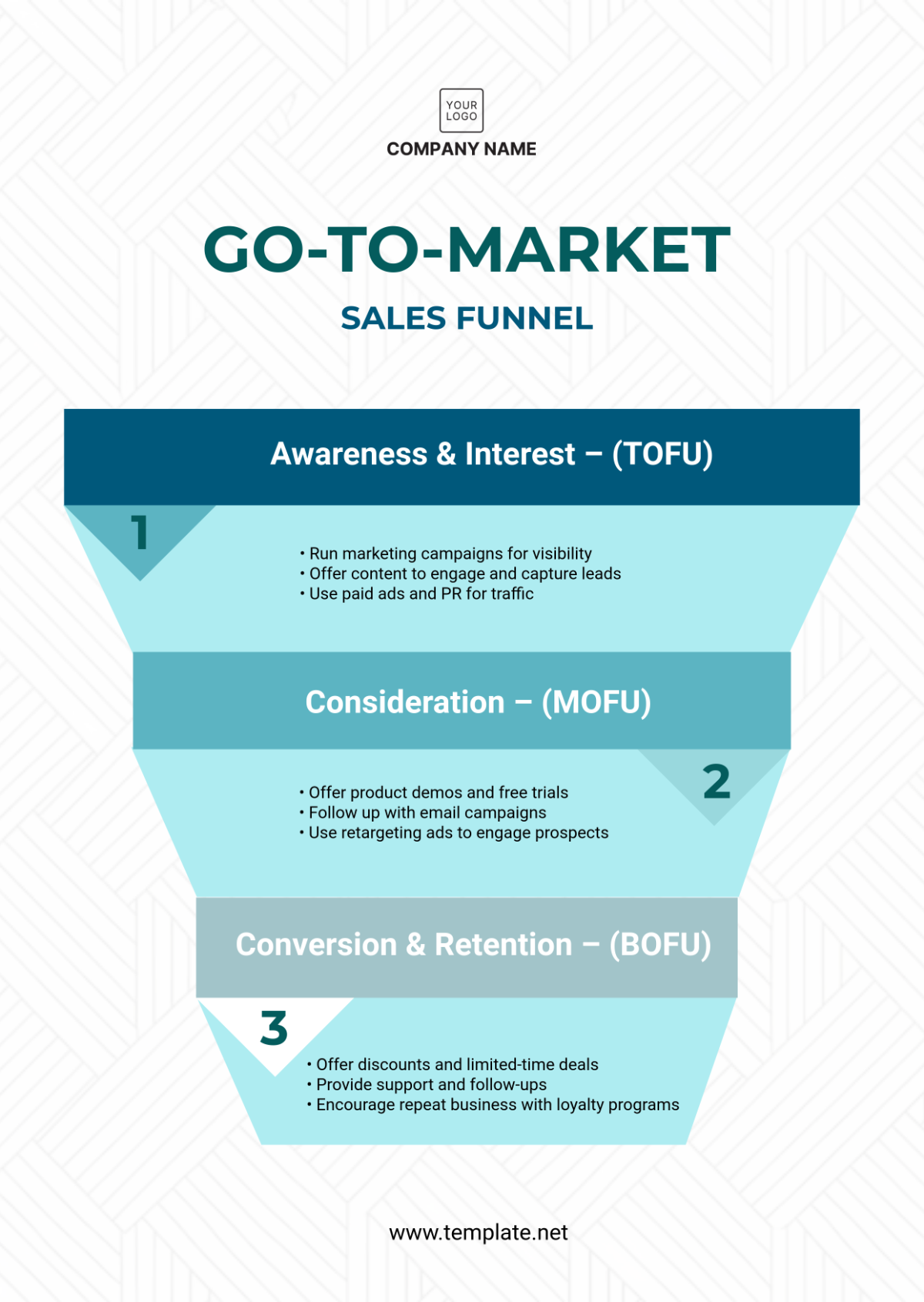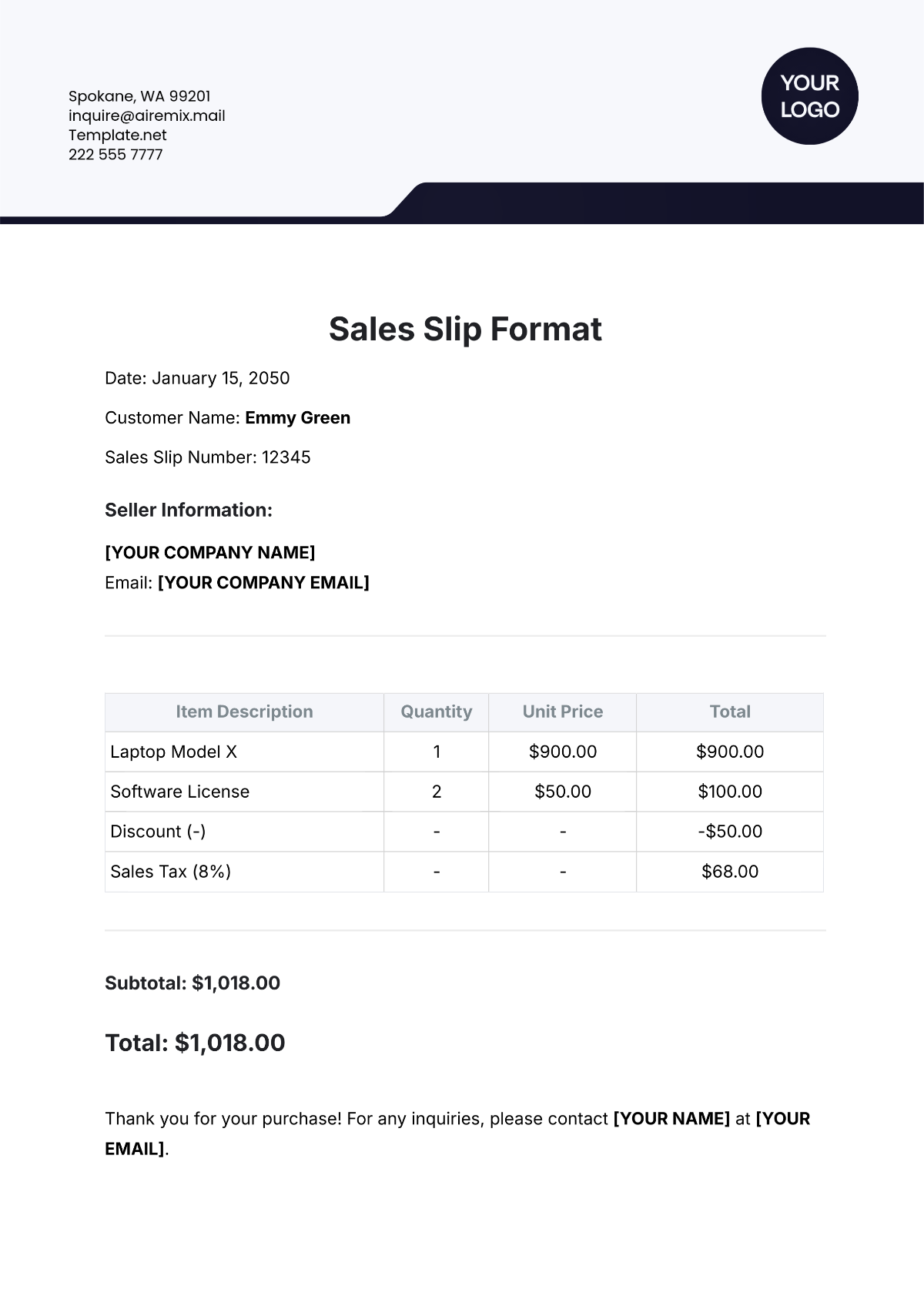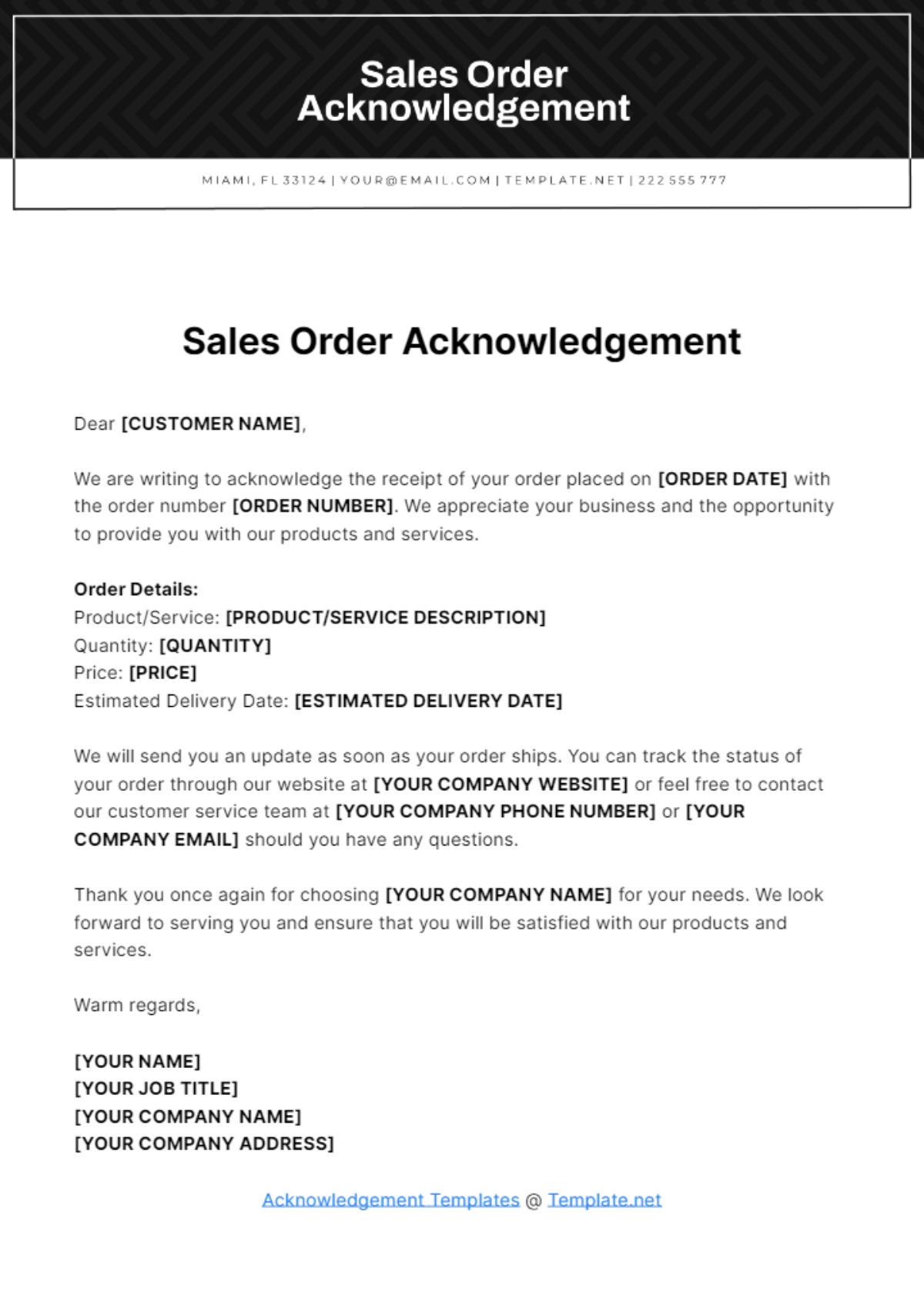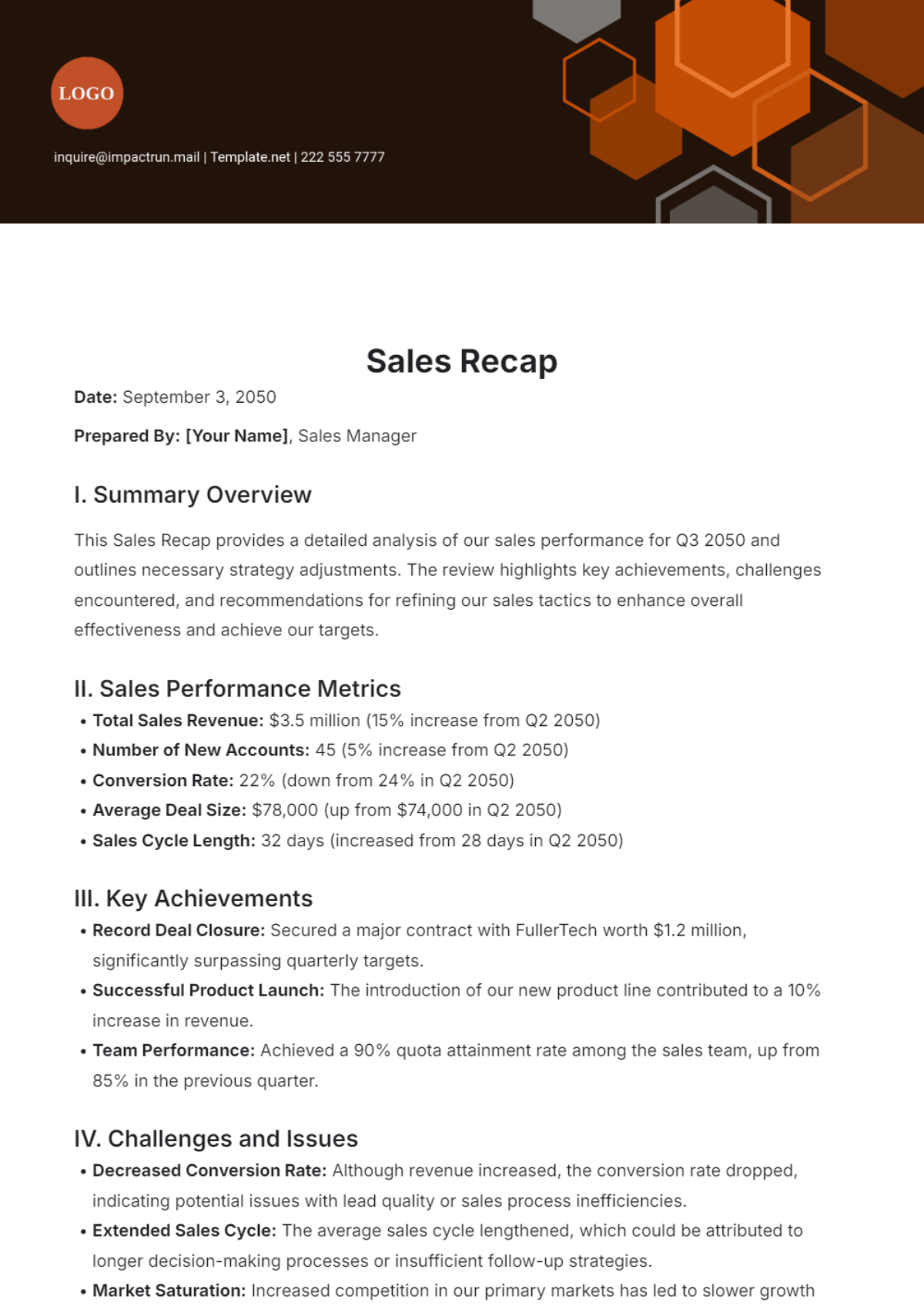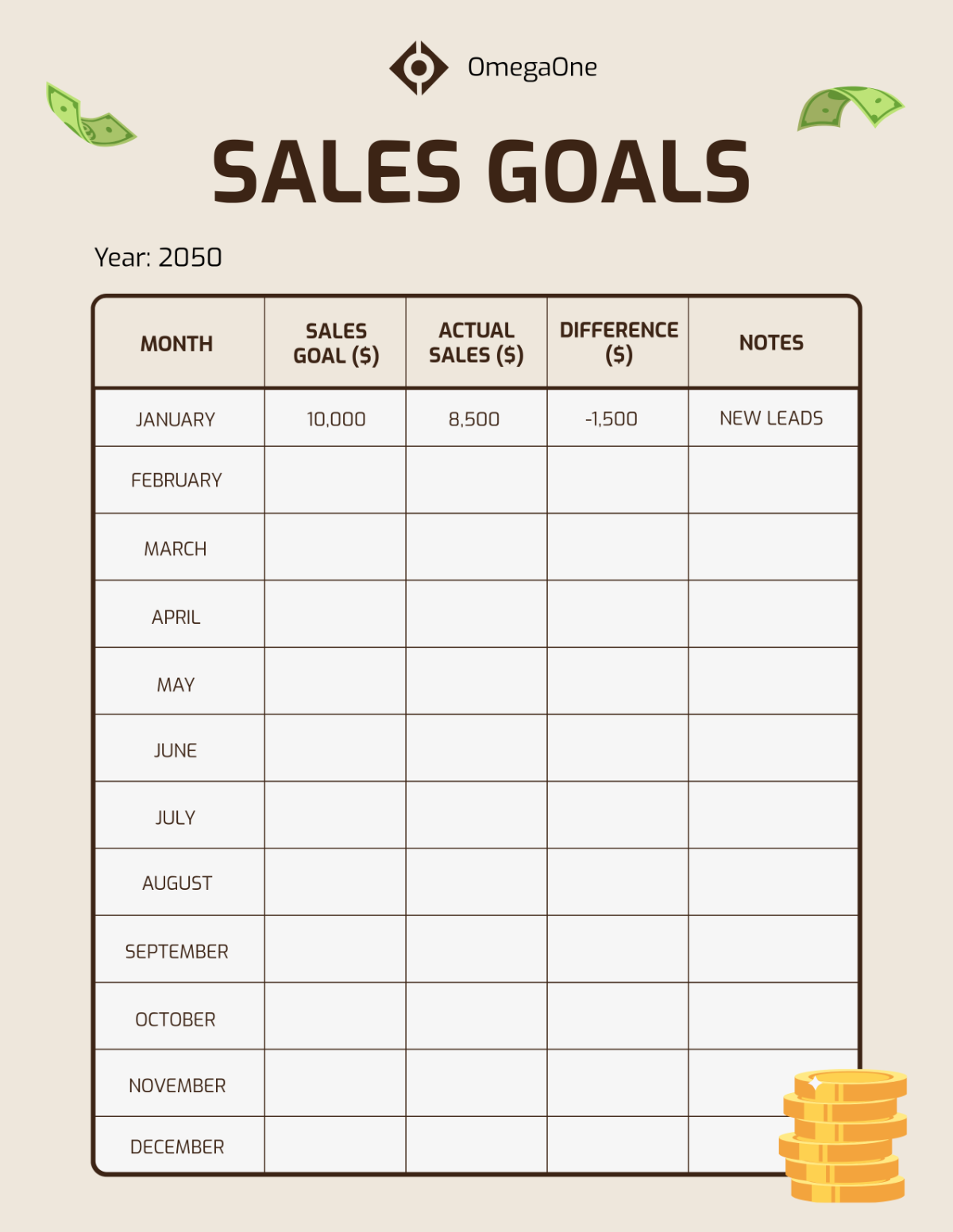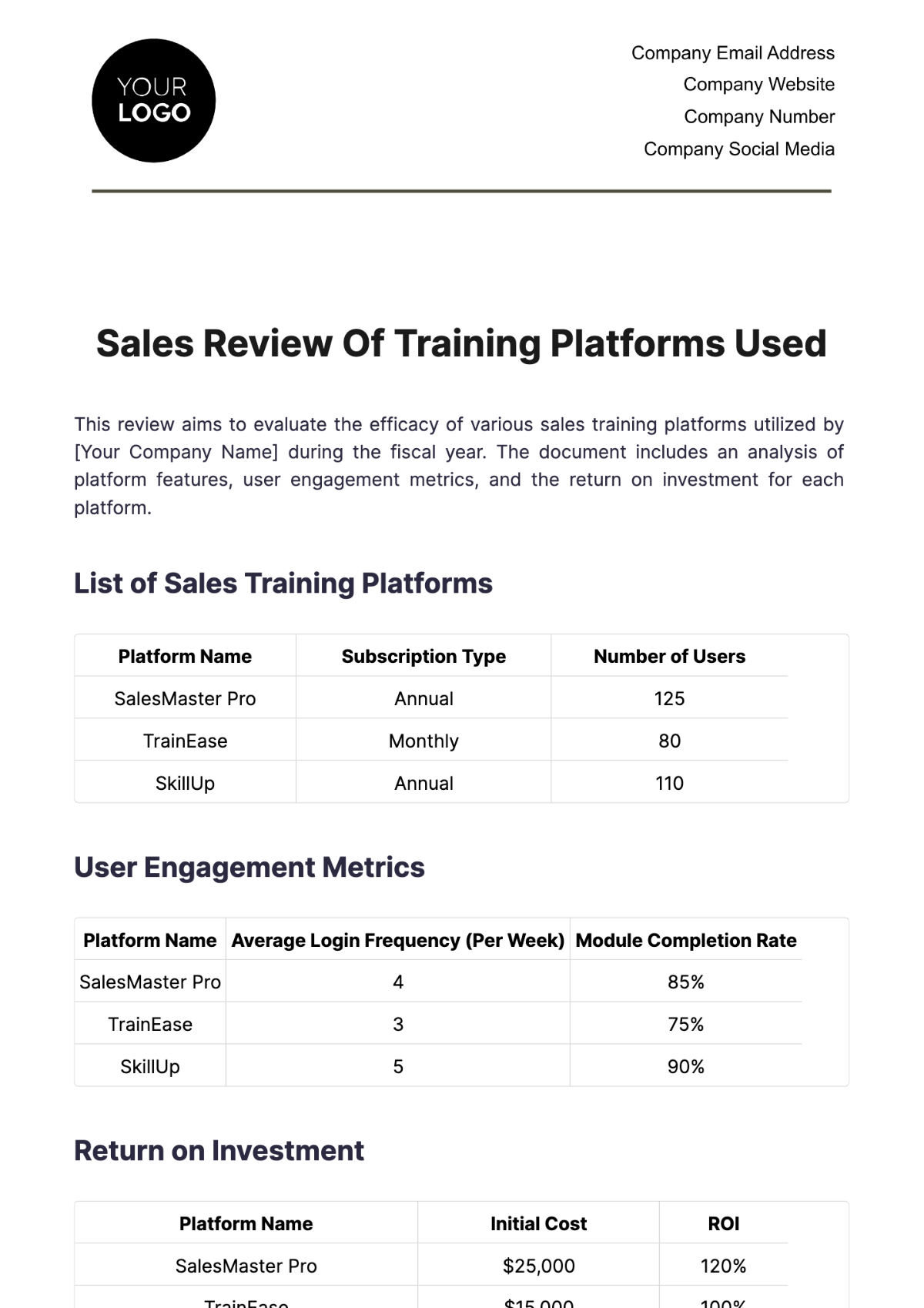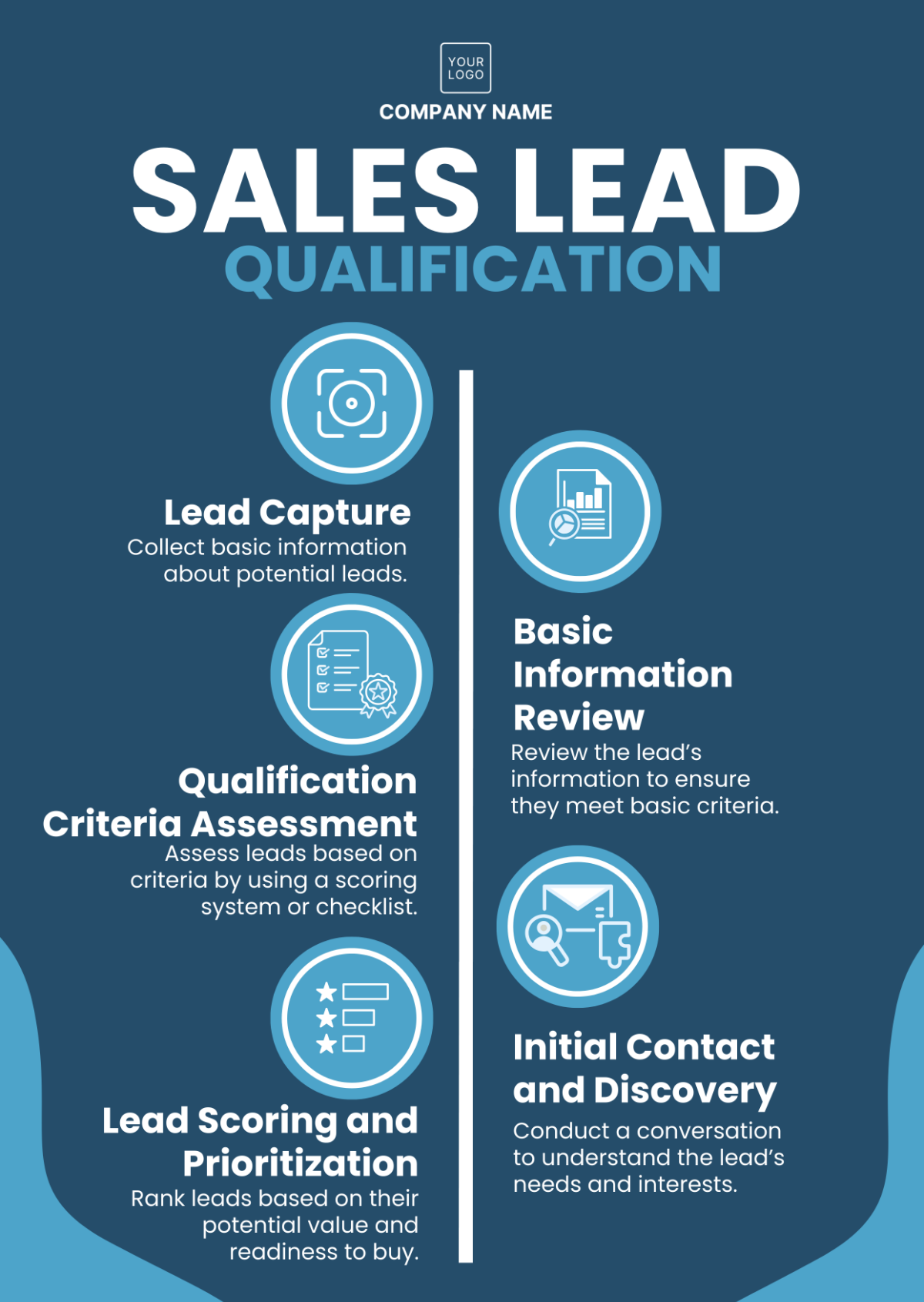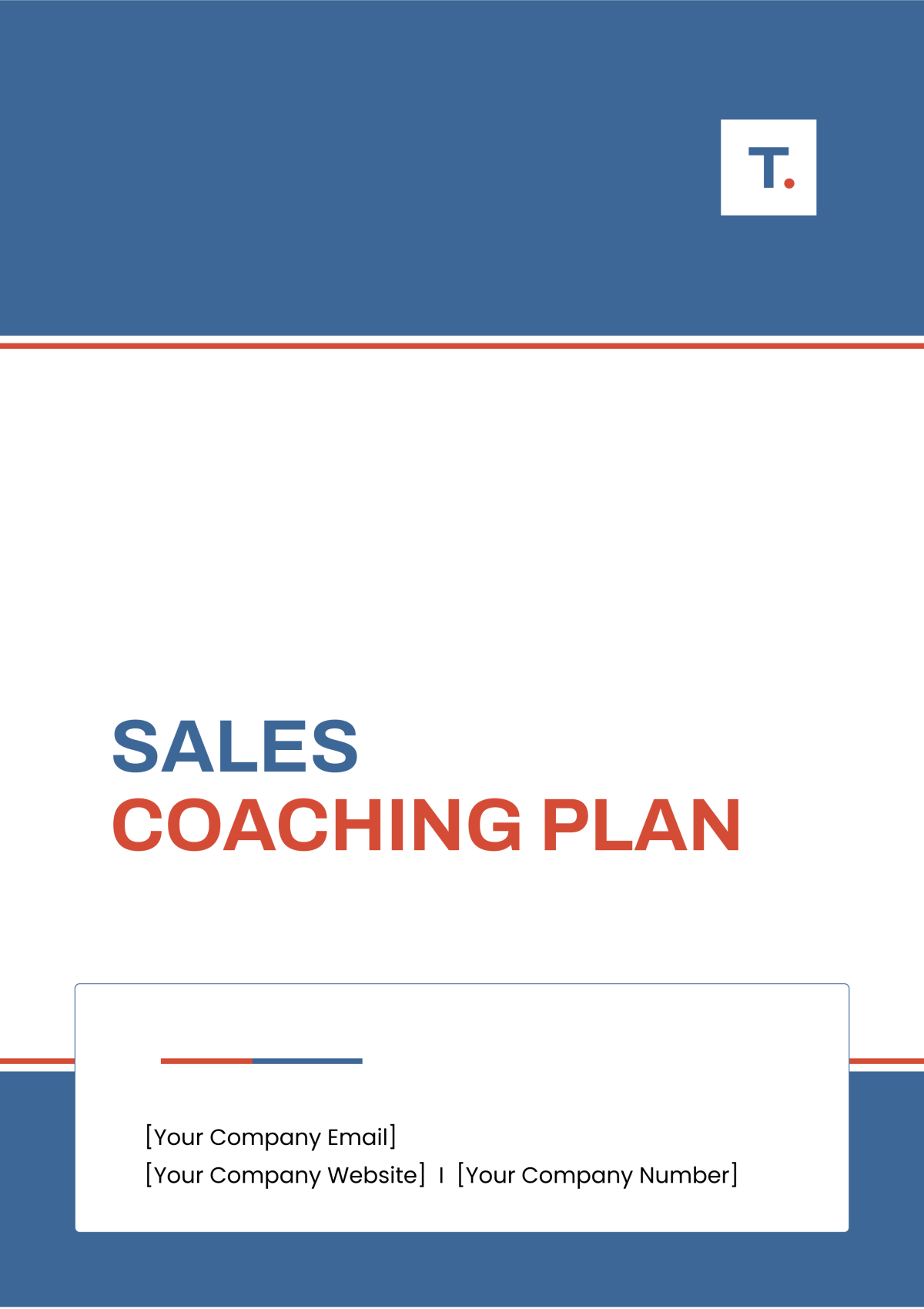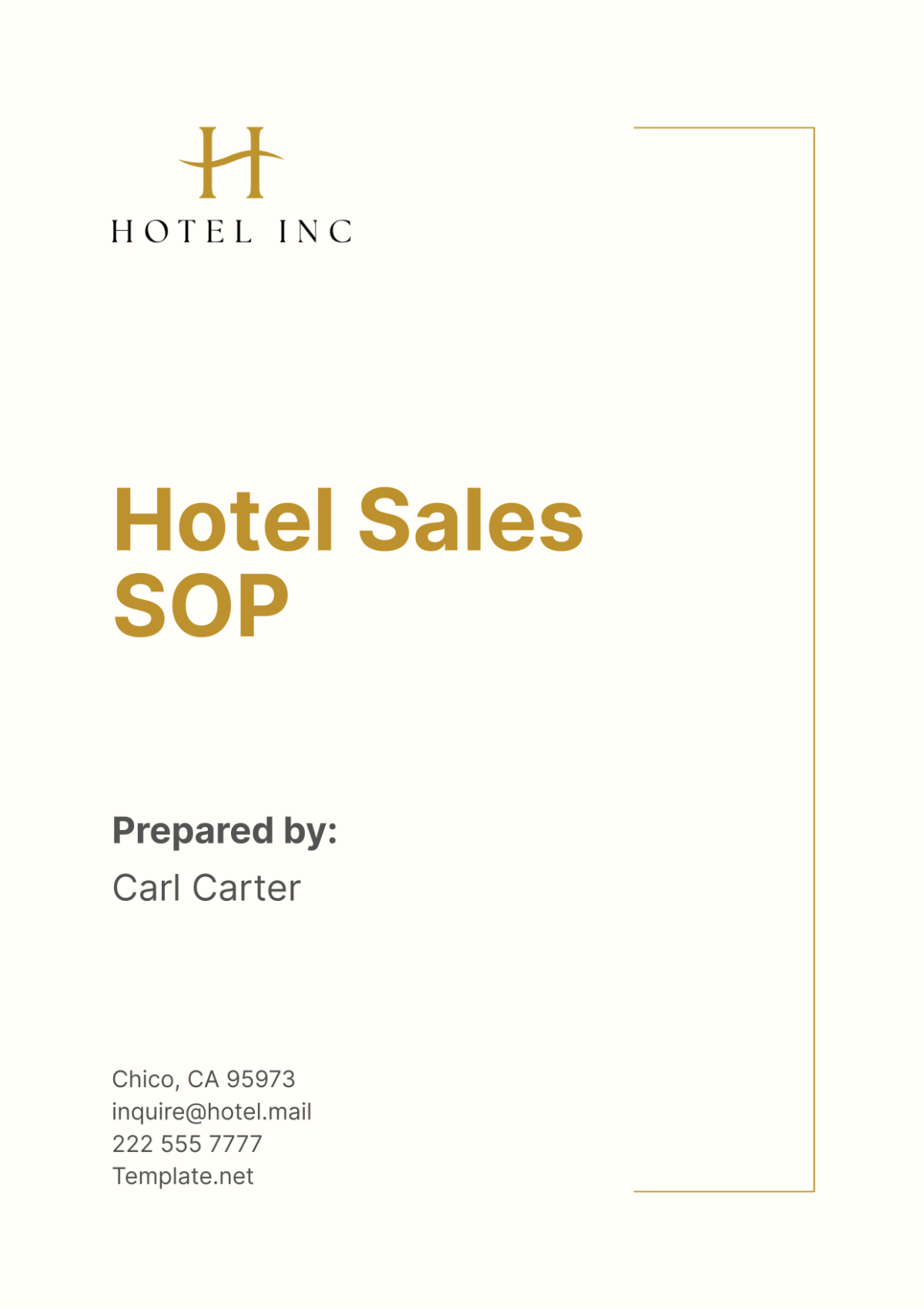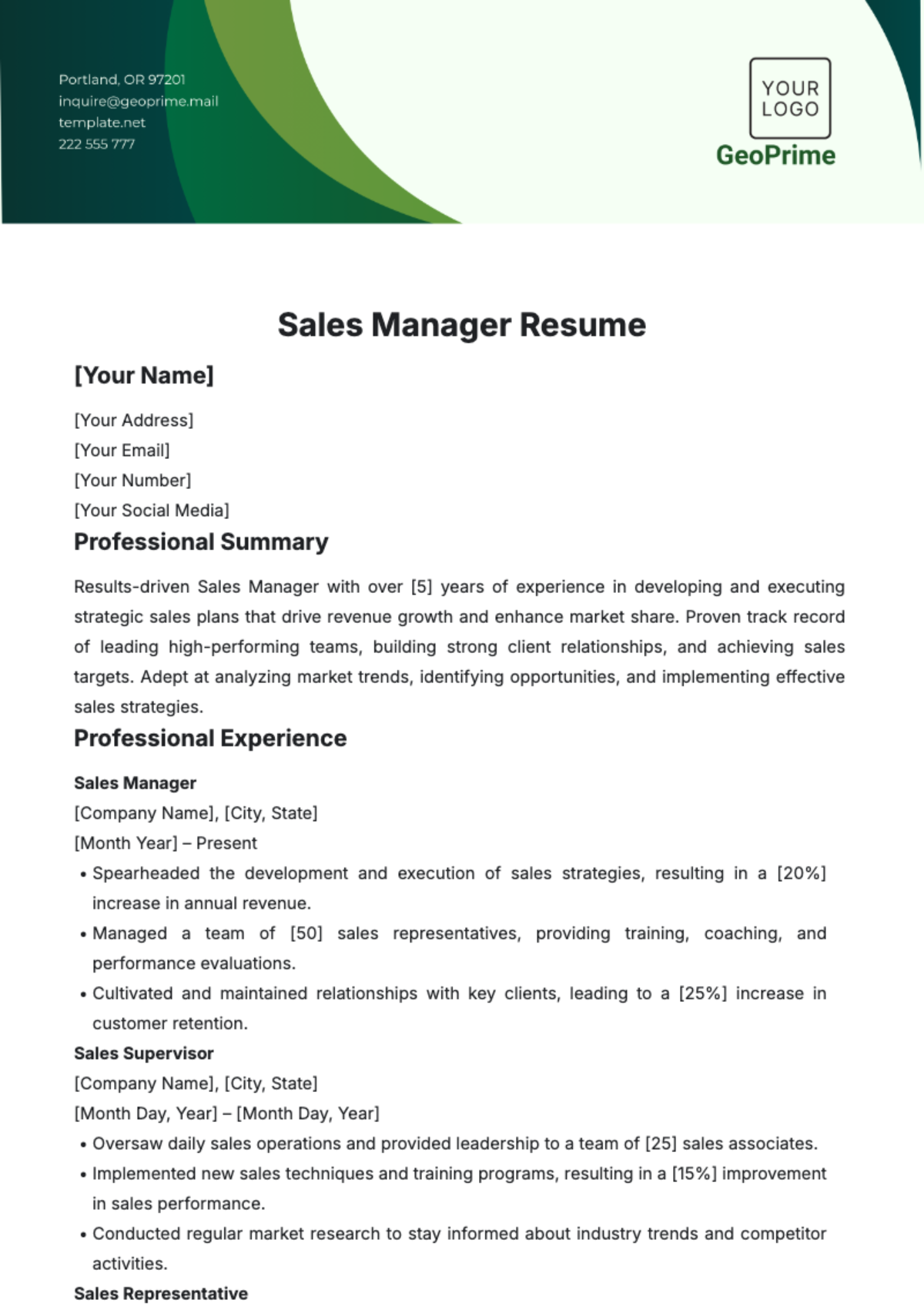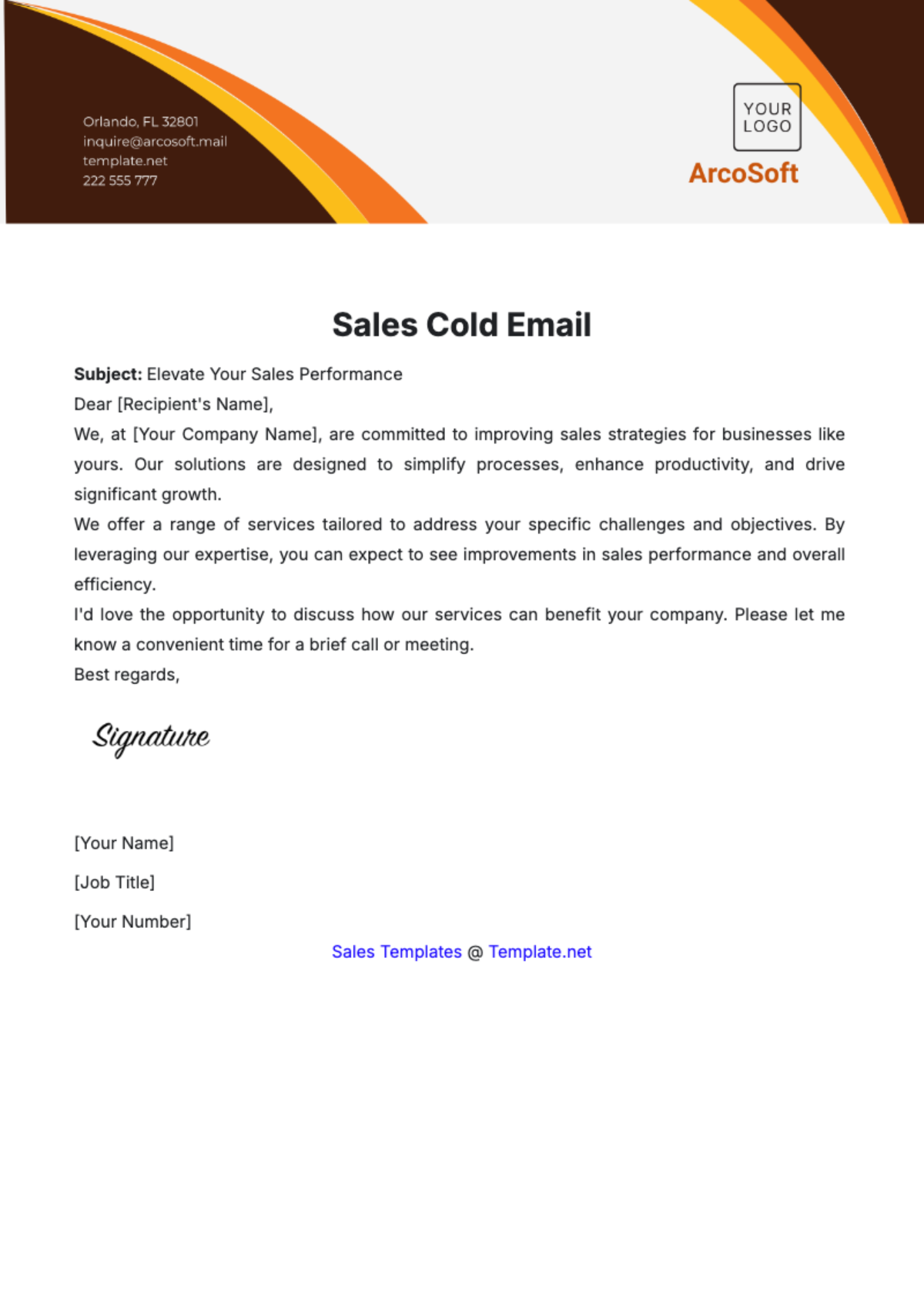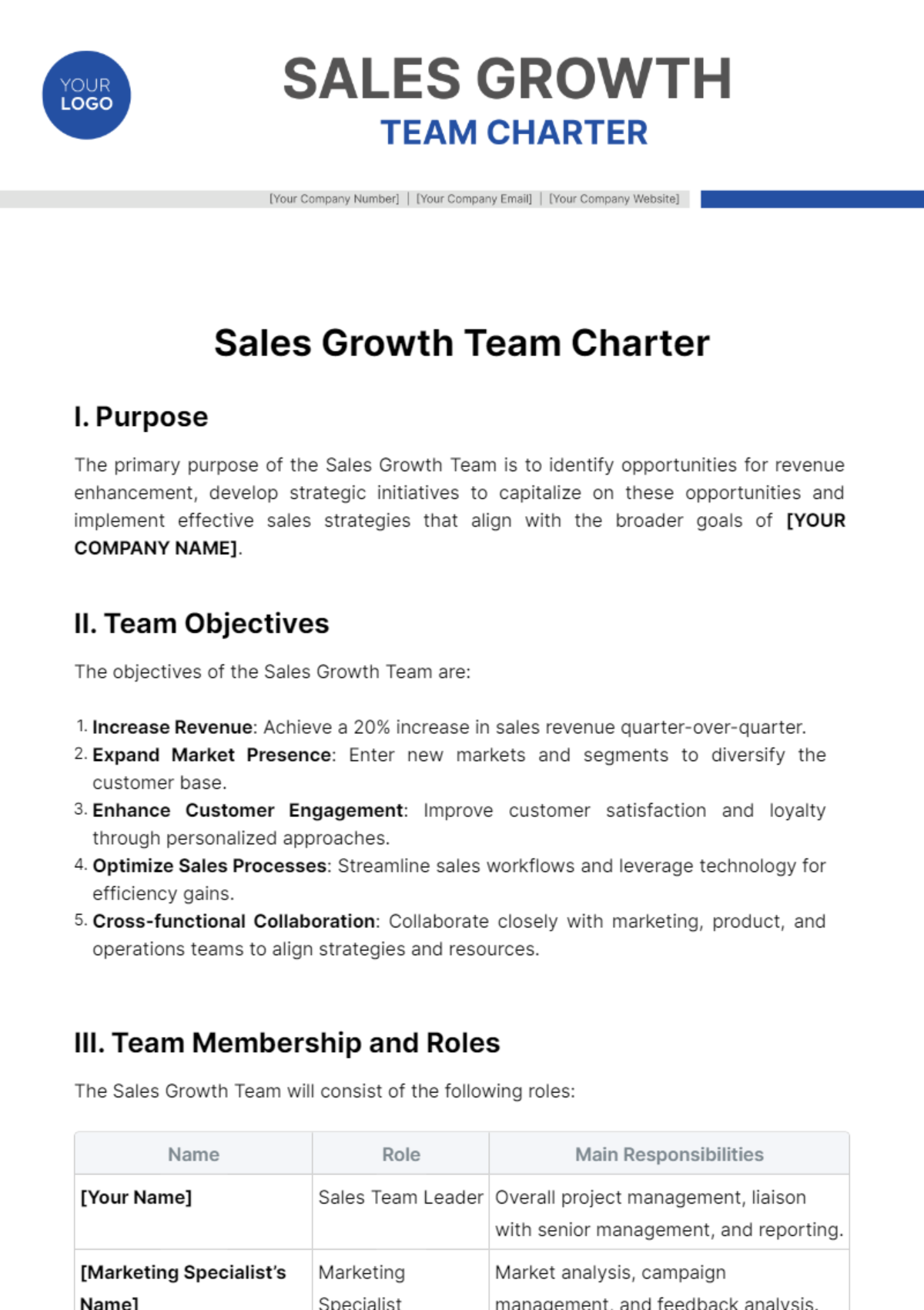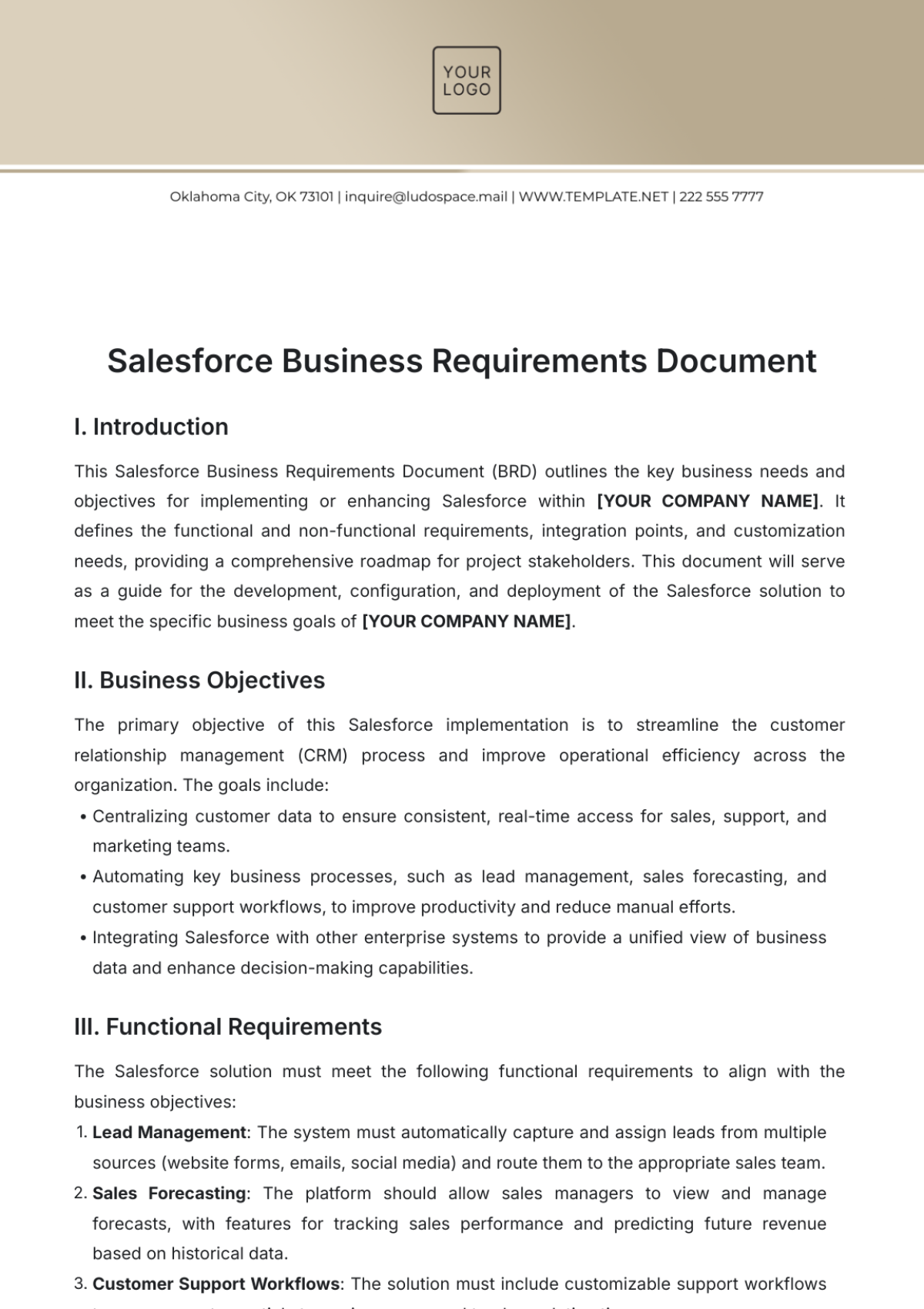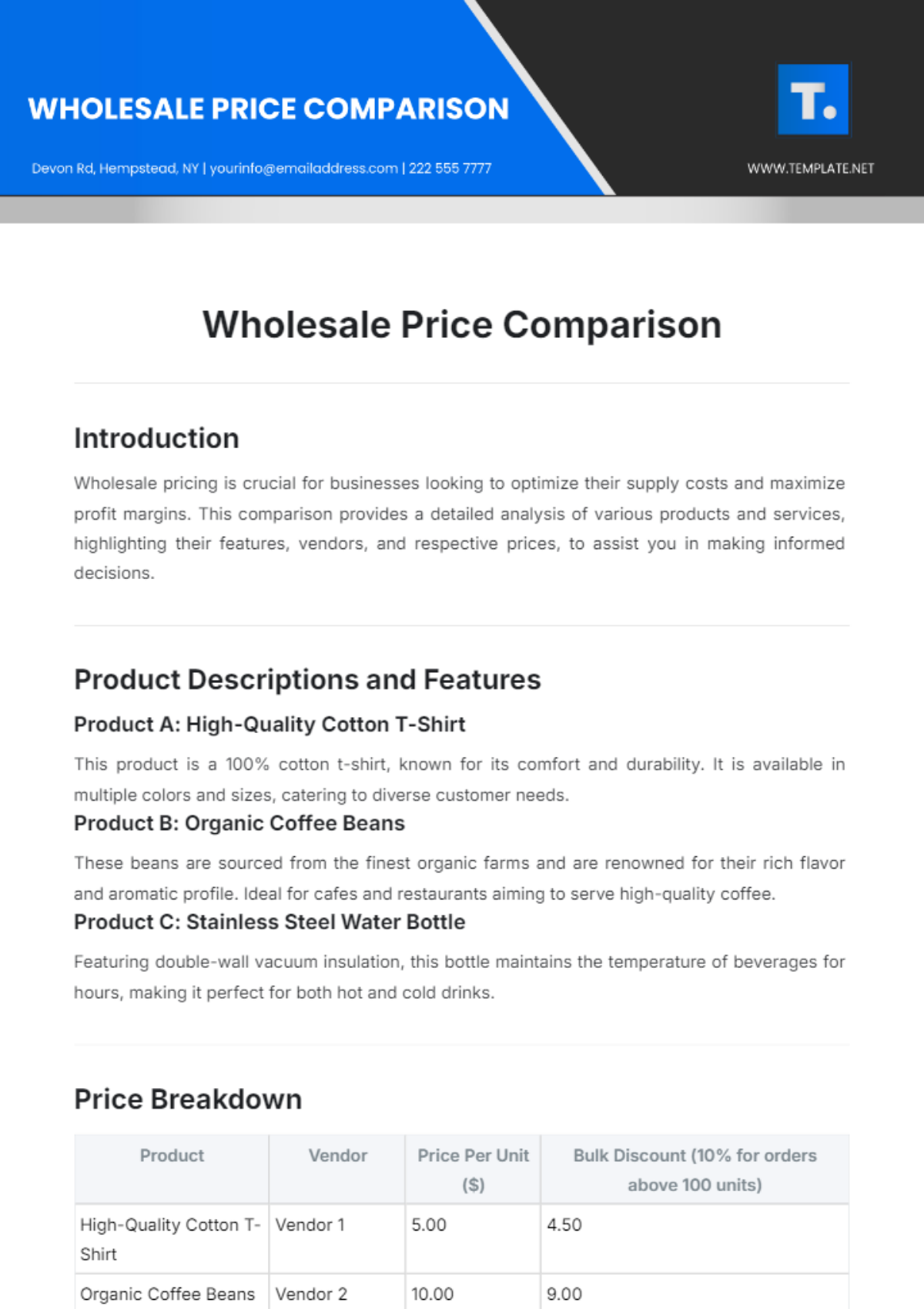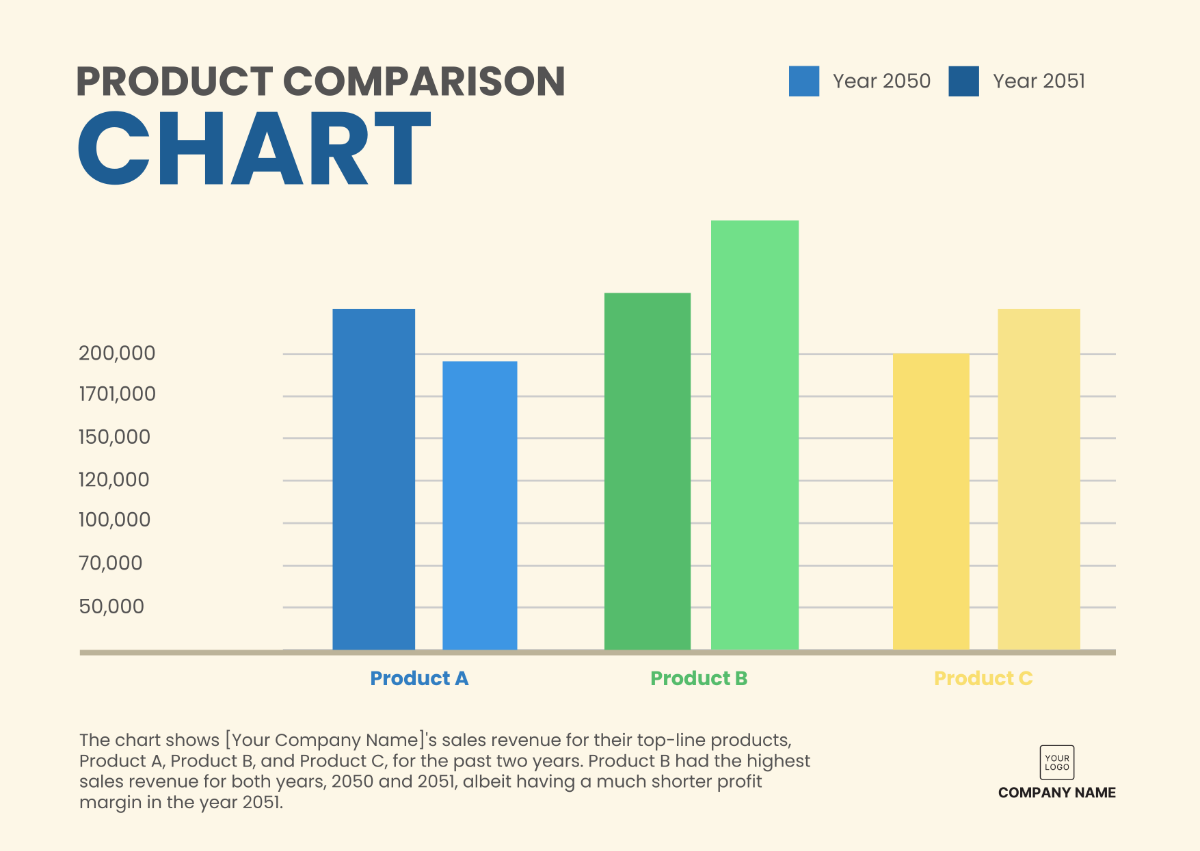Sales Team Management Best Practices
Introduction
Welcome to the Sales Team Management Best Practices document. This comprehensive guide is meticulously crafted to empower you in effectively steering your sales team towards unparalleled performance and unwavering success, well into the futuristic year of [Year] and beyond.
1. Your Company's Sales Team Structure
In this section, we dive into the intricacies of your sales team's structural framework, a cornerstone for triumph in [Year]. Explore the hierarchical setup and the profound roles and responsibilities that chart your team's course.
1.1 Sales Team Hierarchy
Sales Manager: At the helm of the sales ship, the Sales Manager orchestrates strategy, sets targets, and ensures seamless execution.
Sales Team Leaders: These individuals are the driving force behind smaller units within your sales team. They lead by example, mentor, and closely monitor team performance.
Sales Representatives: The frontline soldiers of your sales battalion. Sales Representatives engage with customers, nurture leads, and close deals.
1.2 Roles and Responsibilities
Sales Manager: Visionary leadership, strategy formulation, and overseeing the overall sales operation.
Sales Team Leaders: Leading their respective teams, setting goals, and providing guidance for successful customer engagement.
Sales Representatives: Proactive outreach, client relationship building, and achieving sales targets with flair.
2. Setting Sales Targets and Goals
This section empowers you to set sail with a clear destination in mind, crafting specific sales targets and visionary goals for the futuristic year [Year]. Both short-term and long-term objectives are meticulously detailed.
2.1 Short-Term Goals
Monthly Sales Target: Aspire to reach new heights by setting a monthly target of $500,000 in sales revenue. This monthly milestone fuels consistent growth.
Quarterly Sales Growth: Embrace dynamic adaptability with a targeted quarterly sales growth of 15%, ensuring rapid progress.
2.2 Long-Term Goals
Annual Sales Revenue Target: In [Year], your annual sales revenue target is $6 million, a testament to your company's ambitious growth trajectory.
Market Expansion Plans: Embark on an exciting journey of global expansion. Share your strategic plans to conquer new markets and territories, including entering emerging markets in Asia and South America.
3. Sales Training and Development
In this section, we delve into the robust training and development programs in place to elevate the skills and expertise of your sales team members.
3.1 Training Programs
Product Knowledge Training: Equipping your sales force with in-depth knowledge about your products is essential. We provide comprehensive product knowledge training, including detailed product specifications, features, and benefits. This training ensures that our sales team can effectively communicate the value of our offerings to potential customers.
Sales Techniques Workshops: Our sales team participates in regular workshops focused on honing their sales techniques. These workshops cover a range of strategies, from objection handling to effective closing techniques. They are designed to enhance our team's ability to engage with prospects and convert leads into satisfied customers.
3.2 Continuous Learning
Online Sales Courses: To facilitate continuous learning, we offer access to a curated selection of online sales courses from reputable institutions. These courses cover a wide range of topics, from advanced negotiation skills to the latest sales technology trends. Our sales team can access these resources to stay updated with the latest industry best practices.
Sales Coaching: Our sales coaching program pairs each team member with an experienced coach. These coaches provide one-on-one guidance, constructive feedback, and personalized strategies to help our sales representatives achieve their targets and reach their full potential.
4. Sales Performance Metrics
In this section, we define the key performance metrics crucial for evaluating the success of your sales team.
4.1 Key Metrics
Conversion Rate: The conversion rate is a fundamental metric we use to measure the effectiveness of our sales efforts. It is calculated by dividing the number of successful conversions (closed deals) by the total number of leads or prospects. This metric allows us to assess how well our sales team is at turning potential customers into paying clients.
Formula: Conversion Rate = (Number of Conversions / Total Number of Leads) x 100
Sales Revenue Growth: Sales revenue growth is a key indicator of our team's performance and overall company success. It measures the increase in revenue over a specified period, often on a quarterly or annual basis. Achieving consistent sales revenue growth is a critical goal for our sales team.
Formula: Sales Revenue Growth = ((Current Period Revenue - Previous Period Revenue) / Previous Period Revenue) x 100
5. Motivation and Incentives
In this section, we elaborate on the incentive programs and motivational strategies that drive our sales team's commitment and enthusiasm.
5.1 Incentives
Commission Structure: Our commission structure is designed to reward performance and motivate our sales representatives. We offer a competitive commission rate based on sales volume and achievement of sales targets. This structure ensures that our team is financially rewarded for their hard work and success.
Performance Bonuses: To further incentivize exceptional performance, we provide performance bonuses based on specific criteria. These bonuses are awarded to top performers who consistently exceed their targets and demonstrate outstanding sales skills.
5.2 Motivational Strategies
Recognition Programs: Our recognition programs celebrate the achievements of our sales team members. This includes monthly awards for the top salesperson, quarterly recognition events, and an annual awards banquet. Recognizing and celebrating success boosts morale and encourages healthy competition among team members.
Sales Team Challenges: We organize regular sales challenges with attractive rewards. These challenges are designed to create a sense of friendly competition within the team and encourage them to surpass their targets. They foster a dynamic and motivated sales environment.
6. Sales Technology and Tools
In this section, we provide insights into the technological tools and software that empower our sales team for greater efficiency and productivity.
6.1 Technology Stack
CRM Software: Our sales team relies on SalesForce CRM to manage customer relationships, track leads, and streamline communication. This advanced CRM system provides a centralized platform for organizing customer data, automating tasks, and enhancing collaboration among team members.
Sales Analytics Tools: We utilize Tableau for Sales Analytics to gain valuable insights into sales performance. These tools offer real-time data analysis, sales forecasting, and performance tracking. They enable our team to make data-driven decisions and continuously optimize their strategies for success.
7. Sales Team Communication
In this section, we elaborate on the communication channels and protocols we have in place to foster effective team collaboration.
7.1 Communication Channels
Team Meetings: Our sales team conducts weekly team meetings to ensure alignment and share insights. These meetings are held every Monday morning, providing a platform for discussing goals, sharing progress, and addressing challenges.
Communication Tools: To facilitate seamless communication, we employ a suite of communication tools, including:
Tool | Purpose |
Slack | Real-time messaging and team collaboration |
Zoom | Video conferencing for remote meetings |
Microsoft Teams | Document sharing and collaborative workspaces |
Formal communication and updates |
8. Customer Relationship Management (CRM)
In this section, we delve into how our team effectively manages and maintains customer relationships using CRM systems.
8.1 CRM Usage
Lead Tracking: Our CRM system, SalesForce CRM, plays a pivotal role in lead tracking. When a lead enters our system, it is assigned a unique identifier, and its journey through the sales funnel is meticulously recorded. This includes interactions, emails, calls, and any other relevant data. This process ensures that no lead is overlooked, and our team can engage with them at the right time with personalized communications.
Customer Segmentation: Utilizing the power of SalesForce CRM, we implement advanced customer segmentation techniques. This involves categorizing our customer base into distinct groups based on demographics, behavior, and purchase history. By doing so, we can tailor our marketing and sales strategies to cater to the unique needs and preferences of each segment, resulting in higher customer satisfaction and increased sales.
9. Sales Forecasting
In this section, we elucidate the methods and processes we employ to predict sales trends and future performance.
9.1 Forecasting Methods
Historical Data Analysis: Our sales forecasting begins with a comprehensive analysis of historical sales data. We examine past trends, seasonal variations, and growth patterns. By identifying historical performance, we can make informed predictions about future sales, allowing us to allocate resources effectively.
Market Research: To complement historical data, we conduct extensive market research. This involves analyzing market trends, competitive analysis, and customer behavior. By staying attuned to the evolving market landscape, we gain valuable insights into changing customer preferences and emerging opportunities, enabling us to adapt and thrive.
10. Sales Team Evaluation
In this section, we elucidate how we evaluate the performance of our sales team members.
10.1 Performance Reviews
Quarterly Performance Assessments: Our quarterly performance assessments are a comprehensive review process designed to gauge individual and team performance. Here's how it works:
Team members self-assess their performance, reflecting on their achievements and areas for improvement.
Sales managers conduct one-on-one meetings with team members to discuss their self-assessment and provide constructive feedback.
Performance metrics, including conversion rates, sales targets met, and customer feedback, are analyzed.
Based on this holistic evaluation, performance scores are assigned, and recognition is given for outstanding achievements.
Performance Improvement Plans: For team members who may need additional support or development, we have established Performance Improvement Plans (PIPs). These plans are customized to address specific weaknesses or challenges. They include clear goals, timelines, and coaching or training resources. PIPs are implemented in collaboration with the individual to facilitate their growth and improvement.
11. Continuous Improvement
In this section, we discuss strategies for continuous improvement within our sales team.
11.1 Improvement Initiatives
Feedback Mechanisms: Our commitment to improvement begins with robust feedback mechanisms. We encourage open and honest feedback from team members at all levels. Anonymous surveys, suggestion boxes, and regular feedback sessions create a culture of continuous improvement. Feedback is reviewed, and action plans are developed to address identified areas for enhancement.
Training Needs Assessment: To ensure that our team is equipped with the necessary skills and knowledge, we conduct regular training needs assessments. This involves:
Identifying skill gaps through performance data analysis and feedback.
Collaborating with team members to understand their training preferences and areas of interest.
Developing tailored training programs and workshops to address identified needs.
Continuous monitoring and adjustment of training initiatives to align with evolving industry trends and organizational goals.
12. Conclusion
This Sales Team Management Best Practices document has illuminated the path to success for your sales team in [Year] and beyond. Key takeaways from this document include:
The importance of structuring your sales team efficiently with defined roles and responsibilities.
Setting ambitious yet achievable sales targets, both short-term and long-term.
Investing in comprehensive training and development programs.
Monitoring key performance metrics to assess and improve team performance.
Implementing motivational strategies and incentives to keep your team engaged.
Leveraging advanced sales technology and tools for efficiency.
Facilitating effective communication and collaboration among team members.
Managing customer relationships through CRM systems and data-driven insights.
Utilizing data analysis and market research for accurate sales forecasting.
Evaluating and improving performance through regular assessments and feedback.
Embracing a culture of continuous improvement to adapt and thrive in a dynamic marketplace.
We encourage you to implement these practices to foster a thriving and successful sales team as you venture into the future.




